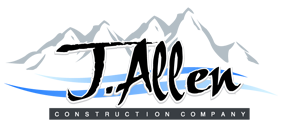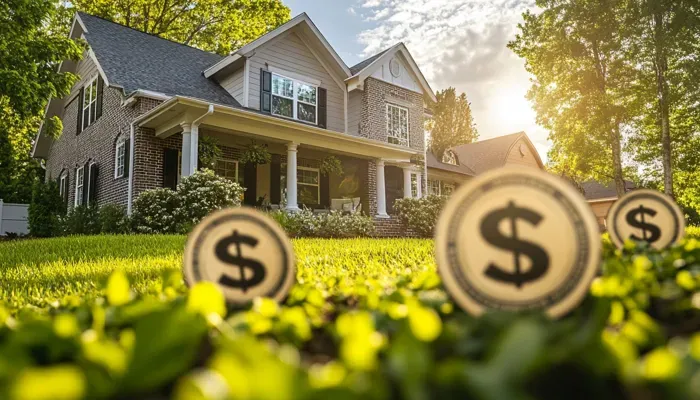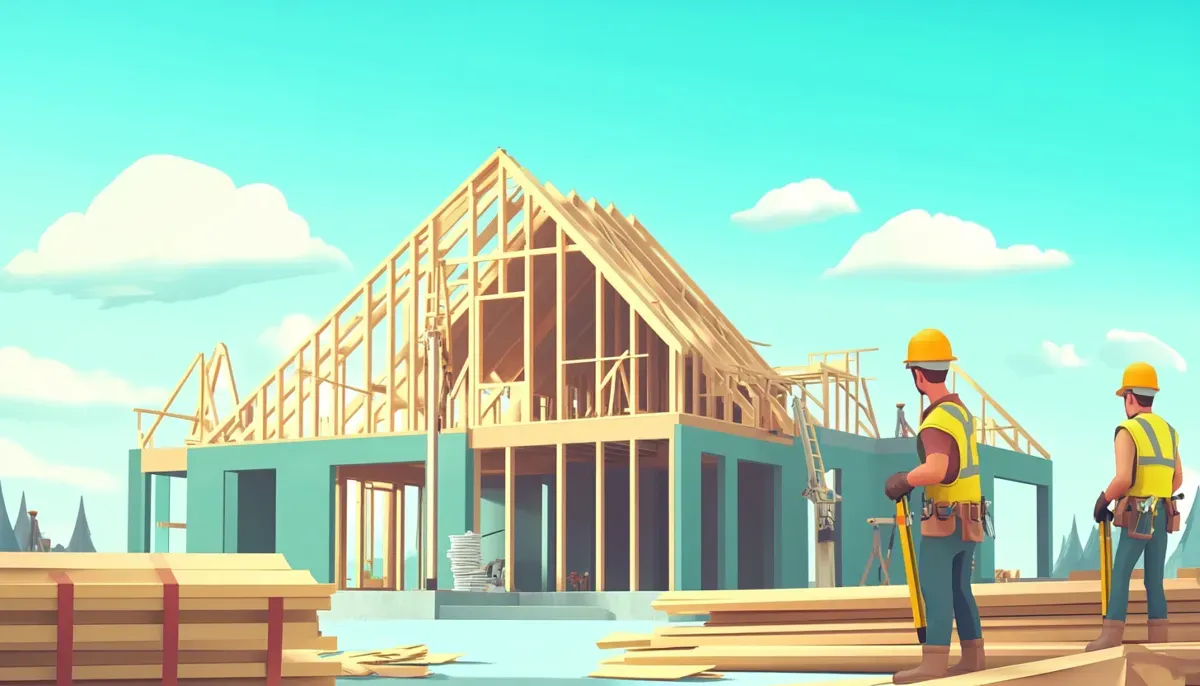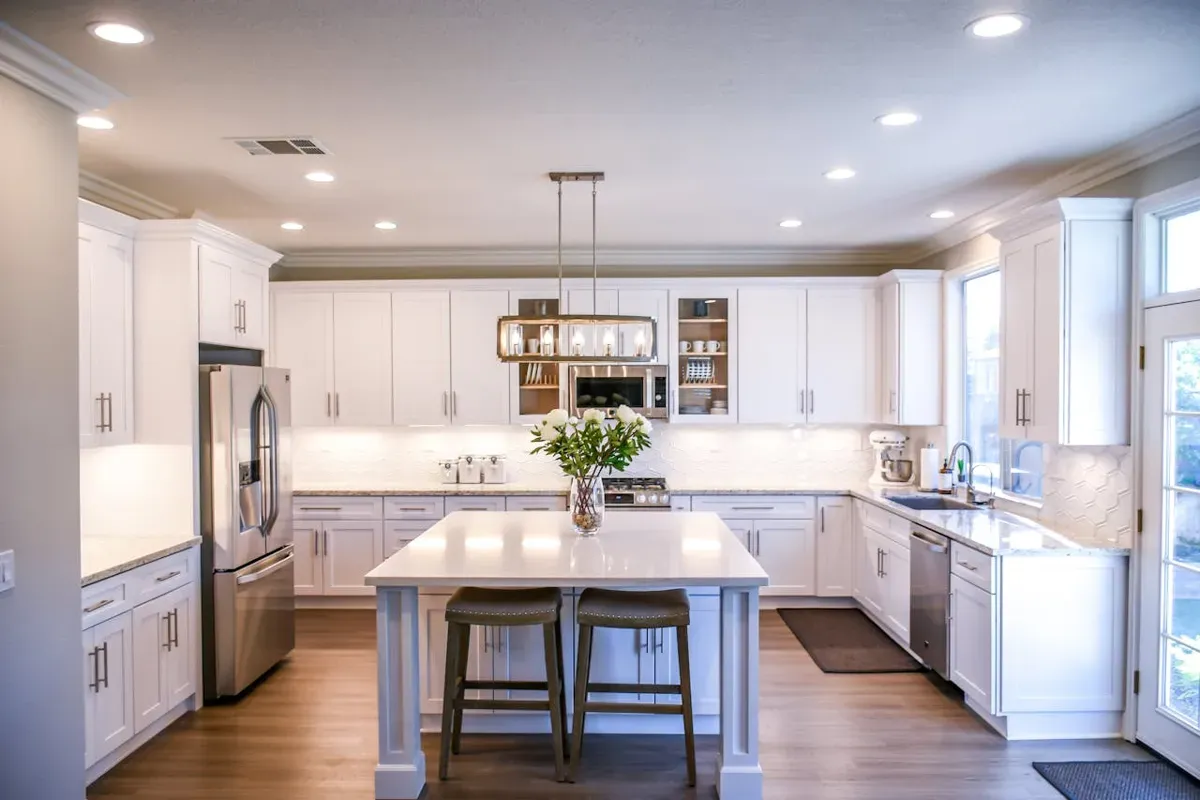Comprehensive Guide to Bathroom Remodeling Costs in Colorado
For a successful bathroom remodeling project, you’ll need a clear understanding of potential costs to ensure effective budgeting and planning. We put this guide together to give you detailed insights into the factors influencing bathroom remodeling expenses in Colorado. By the time you’re done reading, you’ll have a good idea of what you need and how much you’ll spend to revamp your bathroom.
The Short Answer: How Much is a Bathroom Remodel in Colorado?
In Colorado, bathroom remodeling costs typically range from $10,000 to $20,000 for mid-range projects, with high-end remodels potentially exceeding $30,000. Factors such as bathroom size, material quality, and the complexity of the renovation will play a big role the overall expense.
Factors Influencing Bathroom Remodel Costs in Colorado
- Bathroom Size and Layout: Larger bathrooms or those requiring significant layout changes incur higher costs due to increased materials and labor. On top of that, if this is an addition, you can expect to pay even more.
- Material Selection: Choosing premium materials like natural stone or custom cabinetry will lead to higher expenses compared to standard options.
- Labor Costs: Labor rates in Colorado vary, with specialized tasks like plumbing and electrical work leading to higher overall costs.
- Permits and Regulations: Compliance with local building codes and obtaining necessary permits can add to the project's cost.
Average Cost Breakdown by Bathroom Type in Colorado
- Half-Bath/Powder Room Remodel Costs: Remodeling costs range from $3,600 to $11,200, depending on the scope and materials used.
- Full Bathroom Remodel Costs: Standard full bathroom remodels typically cost between $5,500 and $9,600, with luxury upgrades increasing expenses.
- Master Bathroom Remodel Costs: Extensive master bathroom renovations can range from $11,500 to $31,000, influenced by size and chosen amenities.
Detailed Cost Components
Breaking down the costs provides clarity on where the budget is allocated:
- Labor: Accounts for approximately 20% of the total budget, with contractors charging between $40 to $100+ per hour.
- Materials: Comprise about 60% of the budget, including fixtures, flooring, and cabinetry.
- Plumbing and Electrical: Upgrading these systems can add $400 to $2,000, depending on the complexity.
- Fixtures and Finishes: Costs vary widely; for example, installing a new bathtub ranges from $800 to $4,600.
Common Bathroom Remodeling Upgrades in Colorado
When it comes to popular upgrades here in Colorado, there are a few that we find clients frequently ask for:
- Walk-in Showers and Freestanding Bathtubs: Folks love the idea of a spa-like experience at home. Walk-in showers with glass enclosures and freestanding bathtubs are great for both functionality and luxury.
- Heated Floors: Winters here can get pretty chilly, and heated flooring is a popular upgrade to keep things warm and comfortable. It’s an investment that pays off when you step onto a toasty bathroom floor during a cold Colorado morning.
- Energy-Efficient Fixtures: A lot of homeowners are leaning towards eco-friendly options. Low-flow toilets and water-saving showerheads help conserve water and keep utility bills in check—perfect for our environment-conscious Colorado mindset.
Timeline for a Bathroom Remodel in Colorado
A lot of folks ask us how long a bathroom remodel takes, and while it varies, here’s a rough idea:
- Planning and Design Phase: This usually takes about 2-4 weeks. It's all about getting the vision right before any work starts.
- Permitting: Depending on where you are in Colorado, getting the necessary permits can take between 1-3 weeks.
- Construction Phase: This part typically lasts between 4-6 weeks, though unforeseen issues or material delays can stretch that timeframe a bit.
Green Remodeling Practices
With Colorado’s natural beauty, it’s no surprise that more and more homeowners want to go green with their remodels:
- Use of Recycled Materials: Incorporating reclaimed wood or recycled tiles is a great way to keep your remodel sustainable. Plus, these materials often bring a unique charm.
- Energy Efficiency: Think about installing LED lighting or upgrading to energy-efficient exhaust fans. These options can save you money over time and are kinder to the planet.
- Water Conservation: Low-flow toilets, faucets, and water-saving showerheads aren’t just about being eco-friendly—they’re practical too. Water bills can add up, and these upgrades help keep them in check.
Mistakes to Avoid When Remodeling a Bathroom
Here are some common pitfalls we’ve seen people make during a remodel—and how to avoid them:
- Skipping the Planning Stage: Some homeowners want to jump right into the work without a solid plan. Trust us, taking the time to plan is crucial for making sure the project runs smoothly.
- Choosing Cheap Materials: It might be tempting to cut costs with cheaper materials, but those savings often don’t last. Inferior materials can lead to quicker wear and tear, which means you’ll be shelling out more for repairs or replacements down the road.
- Ignoring Ventilation: Proper ventilation is key, especially in Colorado where the climate can be dry but still prone to condensation issues. Good ventilation keeps mold at bay and ensures your new bathroom lasts longer.
Regional Considerations in Colorado:
- Labor Rates: Urban areas like Denver may have higher labor costs compared to rural regions.
- Material Availability: Proximity to suppliers can affect material costs and selection.
- Climate Considerations: Colorado's climate may necessitate specific materials or construction methods, impacting costs.
Tips for Budgeting and Cost-Saving
- Plan Thoroughly: Define the project scope and prioritize essential upgrades.
- Consider DIY for Minor Tasks: Handling simple tasks can reduce labor costs.
- Opt for Cost-Effective Materials: Select quality materials that offer durability without premium pricing.
Final Thoughts on Colorado Bathroom Remodel Costs
A well-executed bathroom remodel can enhance your home’s value. In Colorado, homeowners may recoup a significant portion of the remodeling costs upon resale, especially when updates align with current market trends and improve functionality.
Undertaking a bathroom remodel in Colorado involves various cost considerations. You should now have a better understanding of what those costs are. If you want an expert to come take a look and give you a better estimate, give us a call!
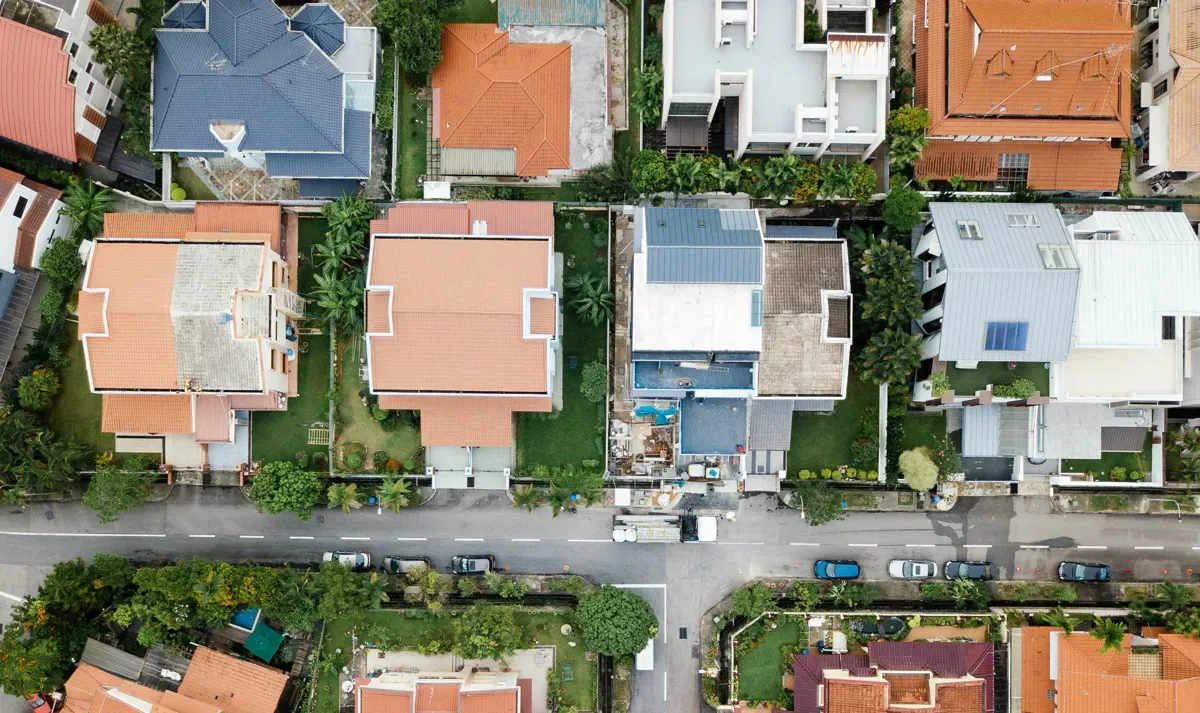
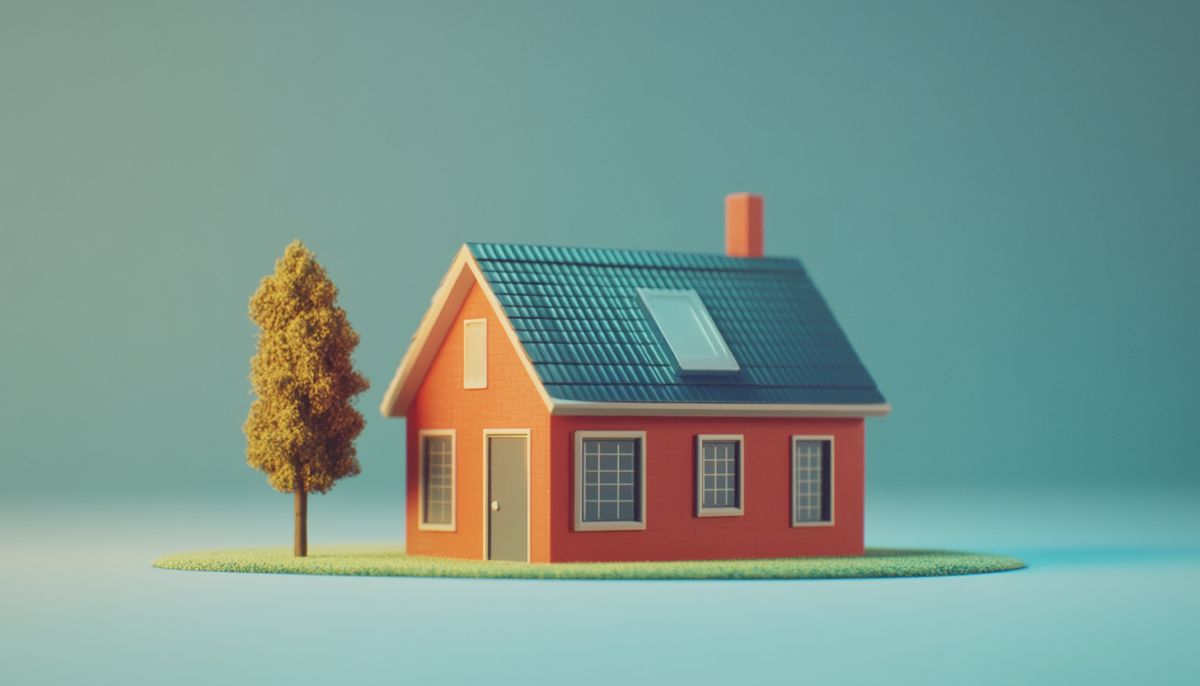

SERVING AREA
Northern Colorado, Southern Wyoming and surrounding areas
All Rights Reserved | J. Allen Construction Company
